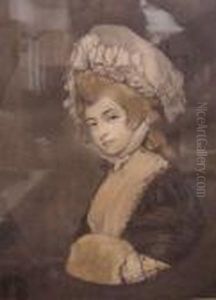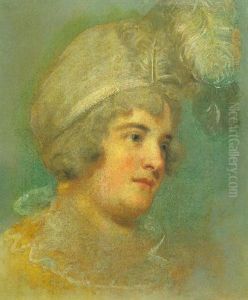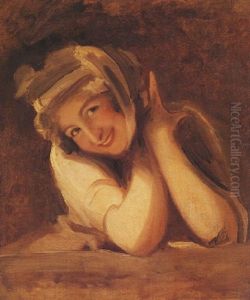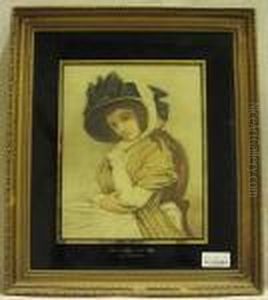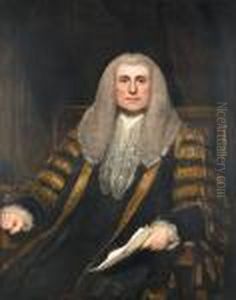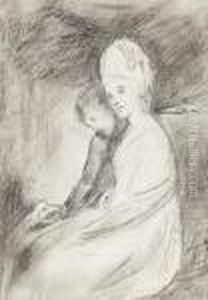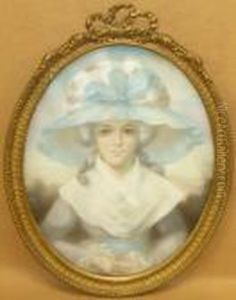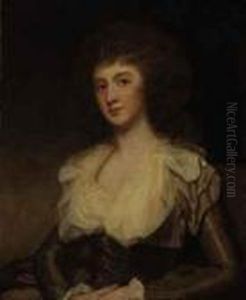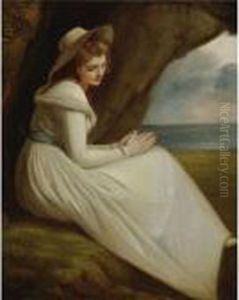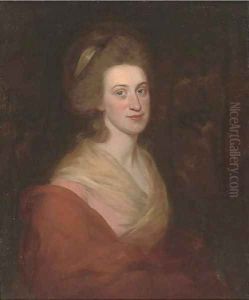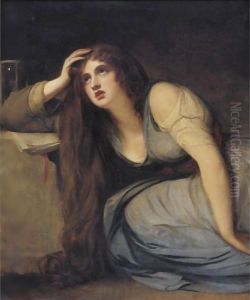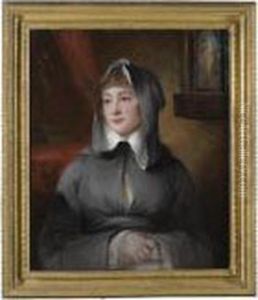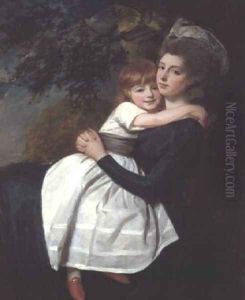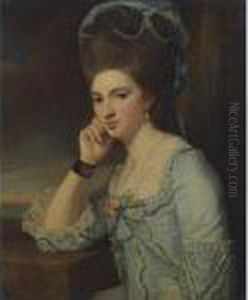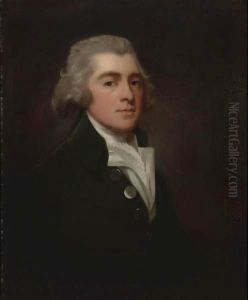George Romney Paintings
George Romney was an English portrait painter who was born on December 26, 1734, in Dalton-in-Furness, Lancashire. He was the third of eleven children of John Romney, a cabinet maker, and Anne Simpson. His initial artistic training began with his father’s apprentice, Christopher Steele, a local artist, from whom he learned the basics of painting.
In 1756, Romney moved to Kendal and entered into a partnership with Steele. Here, he began to establish a reputation for his portraits. By 1762, Romney decided to pursue his career in London and quickly became a popular portraitist, competing with contemporaries such as Joshua Reynolds and Thomas Gainsborough.
Romney did not receive the same level of academic training as some of his rivals, and he never visited Italy to study classical art and the Old Masters, which was a customary practice among artists of his time. Nonetheless, his talent for capturing the likeness and personality of his sitters won him a significant clientele.
During the 1770s and 1780s, Romney's work developed a distinct elegance and grace, often characterized by a refined use of light and color. He became particularly noted for his portraits of women, including Emma Hamilton, the mistress of Admiral Horatio Nelson, who became his muse and the subject of many paintings.
Romney's success was not limited to portraits; he also aspired to be a history painter, although this ambition was never fully realized. His history paintings, however, did not achieve the same acclaim as his portraits, and his attempts to establish himself in this genre were met with limited success.
His health began to deteriorate in the late 1790s, and by 1799, Romney's productivity had declined significantly. He returned to Kendal in 1799 to live with his brother and withdrew increasingly from the art world. George Romney died on November 15, 1802, in Kendal, and was buried there. He left behind a legacy as one of the leading portrait painters of his time, with a distinctive style that captured the sensibility of the late 18th century England.
